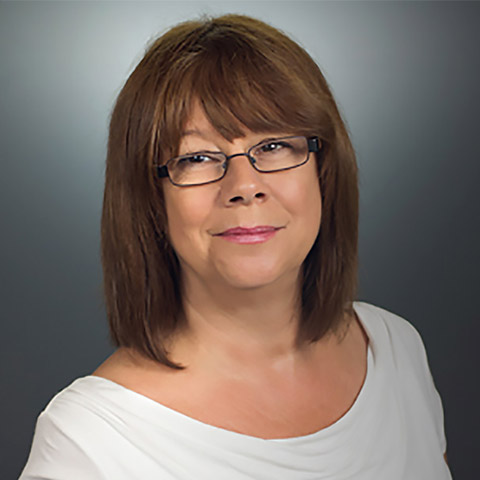Sometimes, I wish I could travel back in time knowing what I know now.
I guess we might all say that but, for me, as a professional psychotherapist and coach, the implications are more significant.
Professionally, I have always tried to achieve fast and positive outcomes for my clients. I had certainly packed a lot of training in to make sure I had plenty of tools in my professional toolbox. I took a 4 year Diploma in counselling followed by another psychotherapeutic Diploma with the Human Givens Institute then did further training in CBT, NLP and life coaching.
I was getting plenty of referrals from a local GP and my work got slicker and more effective with experience. I developed systems of my own and tracked client outcomes. Dr Smith was very pleased. Her drug bill was reducing as more and more of her patients felt able to come off antidepressants.
But one referral wasn’t working out so well.
I felt I had tried everything with Rosa; assessing her holistically, looking for unmet needs, focussing on a preferred future and even using the Rewind Technique to deal with an episode of bullying at work. Yet my client returned week after week saying she still felt deeply depressed, was crying and unmotivated.
I got more and more frustrated as every intervention failed; the STOP System®, the 4D worry well exercise, the Blackboard method for better sleep. Nothing worked. I must be missing something, I thought.
After 3 months, Rosa stopped coming and returned to her GP to ask for a higher dose of antidepressants.
The penny dropped
It was around 2 years later that I came across the work of Dr David Muss, learned more about vicarious trauma and researched how it particularly affects the descendants of Holocaust survivors.
During our sessions, Rosa had talked a lot about the stories told by her mother and aunt. They had survived the death camps but so many relatives had not. She would not tell me the detail of those stories but said they dominated her childhood, as did the deeply depressive atmosphere that pervaded the home and a terrible sense of guilt that hung in the air. How come they died but we lived?
Long after my client had moved on, the penny suddenly dropped.
The episode of bullying at work had felt anti Semitic. It probably triggered a pattern match to the stories of anti-Semitism that she had heard in her formative years and reconnected her to the deeply depressive childhood home.
I had rewound the wrong trauma.
Getting to the root
When pulling dandelions from the lawn, you have to make sure you get the whole root out or it stays there under the surface and re grows. You have to get to the root of PTSD too. The most recent trauma may not be the most significant.
At a reading of her mother’s biography, Motherland, author Rita Goldberg, was unprepared for the strength of the audience response. “I was startled by it’’ she said ‘’and am beginning to see how many of my generation were defined by their parents’ history, even though they did not live through it.”
But not all survivors of trauma end up with depression and PTSD. Thinking styles and internal dialogue play a significant role.
Holocaust Day
January 27th is International Holocaust Day and I find myself reading an inspirational book by Holocaust survivor and now clinical psychologist, Dr Edith Eger. ‘The Choice’ is about her experience of the notorious German concentration camp, Auschwitz. It’s a tough read, but inspirational.
When they arrived, teenage sisters Edith and Magna were immediately separated from their mother and father, who were sent directly to the gas chambers. They were shorn of their hair, stripped and herded through showers where they stood for hours, shivering and naked, waiting for their ‘uniforms.’
As Edith stared around her in disbelief, wondering how she will be able to keep herself ‘steady,’ her sister, standing by her side, quietly spoke…
The Choice
‘‘How do I look?’ she asks. ‘Tell me the truth.’
The truth? She looks like a mangy dog. A naked stranger. I can’t tell her this, of course, but any lie would hurt too much and so I must find an impossible answer, a truth that doesn’t wound.
I gaze into the fierce blue of her eyes and think that, even for her to ask the question ‘How do I look?’ is the bravest thing I’ve ever heard. There aren’t mirrors here. She is asking me to help her find and face herself. And so I tell her the one true thing that’s mine to say.
‘Your eyes’ I tell my sister, ‘they’re so beautiful. I never noticed them when they were covered up with all that hair.’
It’s the first time I see we have a choice: to pay attention to what we’ve lost or to pay attention to what we still have.
‘Thank you’ she says…’
You can find out how to treat trauma with the Rewind technique in my book PTSD Resolution: Reclaiming life from trauma




